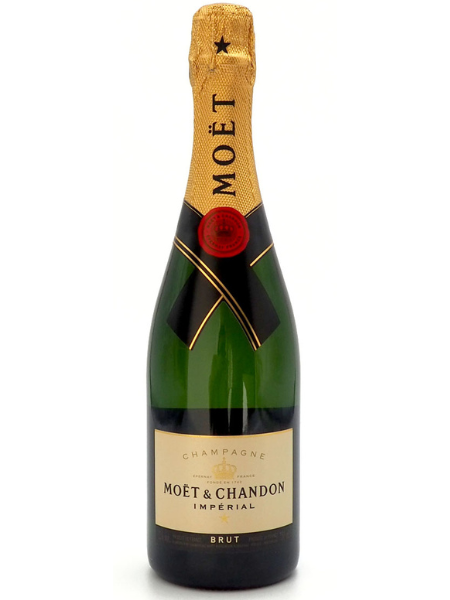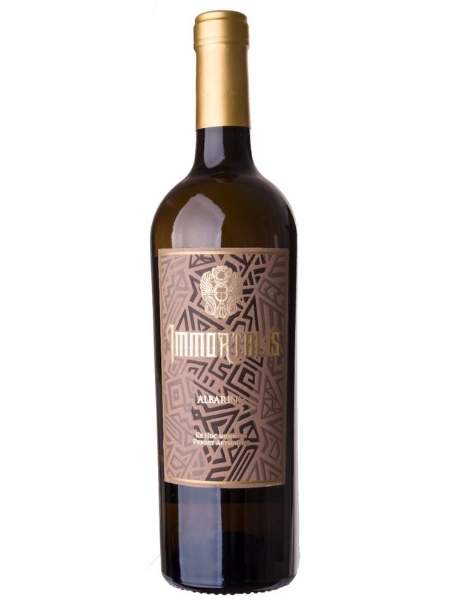
How Does Olive Oil Taste? Your Guide To Spanish Olive Oil

Have you ever wondered how that bottle of olive oil on your pantry shelf actually tastes? Olive oil is one of the most popular cooking fats used worldwide, lauded for its many beneficial properties. Many food lovers swear by it; from salads and dressings to marinades and sautéing, this golden liquid can make all kinds of dishes even more delicious!
But does it also taste good when eaten alone? In this blog post, we're going to explore the unique flavor profile behind a bottle of pure extra-virgin olive oil—the kind that's perfect in both savory and sweet recipes but may have some surprises up its sleeve when tried without pairing. So if you’re curious about what olive oil really tastes like or are looking for healthier baby food options, read on!
Table of Content:
How Olive Oil Taste
The Subtle Art of Tasting Olive Oil
Tasting olive oil is akin to savoring fine wine. To truly appreciate its taste, follow these steps:
-
Appearance: Start by examining the oil's color. High-quality extra virgin olive oil should have a vibrant green hue.
-
Aroma: Swirl the oil in a glass and inhale its aroma. You may detect hints of fresh-cut grass, herbs, or even a fruity fragrance.
-
Taste: Take a small sip and let it coat your palate. You may experience a delightful combination of flavors such as fruity, nutty, bitter, and peppery notes.
-
Texture: Pay attention to the oil's texture. It should be smooth and velvety, not greasy.
Varietal Flavors
Different types of olives yield distinct flavor profiles:
-
Arbequina Olives: These olives create oil with a mild, fruity taste and a slightly nutty finish.
-
Koroneiki Olives: Known for their robust and peppery flavor, Koroneiki olives produce oil with a bold character.
-
Picual Olives: With a slightly bitter and spicy taste, Picual olive oil adds a unique kick to dishes.
Regional Influence
Olive oil's taste also reflects its place of origin:
-
Italian Olive Oil: Typically, Italian olive oil is known for its fruity and well-balanced flavor.
-
Spanish Olive Oil: Spanish olive oil often has a more robust, peppery taste.
-
Greek Olive Oil: Greek olive oil leans towards a fruity and slightly bitter profile.
FAQ's
Is Olive Oil Always Extra Virgin?
No, olive oil comes in various grades, with extra virgin being the highest quality. Lower grades include virgin, pure, and refined olive oil, each with its own taste characteristics.
Can Olive Oil Go Bad?
Yes, olive oil can go rancid over time due to exposure to light, air, and heat. Proper storage in a cool, dark place is essential to maintain its taste.
Is Olive Oil Suitable for Cooking?
Absolutely! Olive oil's smoke point makes it suitable for various cooking methods, from sautéing to drizzling over salads.
How Can I Enhance the Flavor of Olive Oil?
You can infuse olive oil with herbs, spices, or citrus zest to create custom flavors that complement your dishes.
Does the Age of Olive Oil Affect Its Taste?
Yes, older olive oil may lose some of its fresh, vibrant flavors. It's best to consume it within a year of purchase.
What Are Some Unique Ways to Use Olive Oil?
Apart from cooking, olive oil can be used as a moisturizer, hair conditioner, or even for oil pulling to enhance oral health.
Conclusion
Exploring how olive oil tastes is a sensory adventure that can greatly enhance your culinary journey. From its delightful aroma to its nuanced flavors, olive oil is a versatile ingredient that deserves a place in every kitchen. So, embrace this liquid gold and elevate your dishes to new heights of flavor.





















